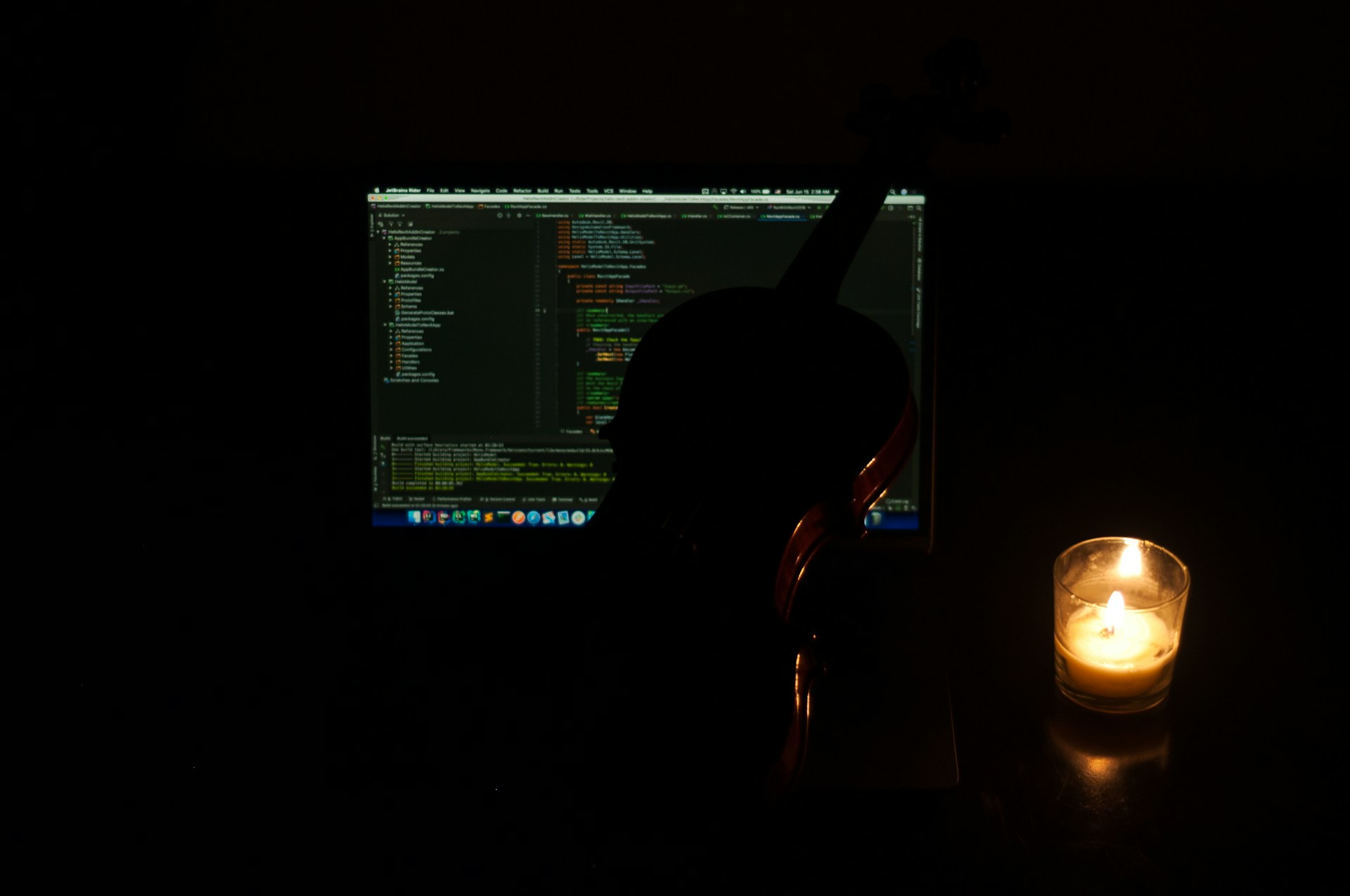
Writing code used to feel like assembling a puzzle.
There were syntax, structure, logic — and everything had to fit perfectly.
It took focus. It took time. It took a brain that wasn’t tired.
Now?
I just type:
“Create an input component with Tailwind, an icon on the left, and error validation below.”
And in seconds, AI gives me a code snippet that’s almost exactly what I imagined.
Welcome to vibe coding.
Vibe coding isn’t about the lines of code.
It’s about intention. It’s about purpose.
We’re no longer focused on for loops or SQL queries.
We focus on what we want to build — not how to write it.
We provide the context.
AI gets the intent.
The code comes out.
Done.
At first, I was skeptical.
”If AI writes all the code, what’s left for me?”
But it turns out, vibe coding isn’t about replacing developers.
Quite the opposite:
It frees us from repetition, from spending time on boilerplate code, and lets us focus on the creative aspects of development.
In vibe coding, you’re not constrained by syntax or perfect structure.
You don’t need to memorize every library function.
You just need to know the outcome.
Instead of thinking about how to solve the problem step-by-step, you think about what the solution should feel like — and then let AI do the heavy lifting.
It’s not magic. It’s partnership.
The more you clarify what you need, the better AI can deliver.
It’s like having an assistant who just gets it — understanding what you need before you finish explaining.
And yes, there are still moments when you’ll tweak the result.
But the process becomes smoother. More intuitive.
And faster.
Vibe coding doesn’t replace the need for creativity or problem-solving.
But it enhances it.
It’s a new way of thinking about development, where you’re still the architect, but the tools in your hands are more powerful and more aligned with your intention.
The best part? You’re no longer bogged down by the mundane.
You get to focus on what matters most — your ideas, your product, your vision.
The code? Let the AI handle that.